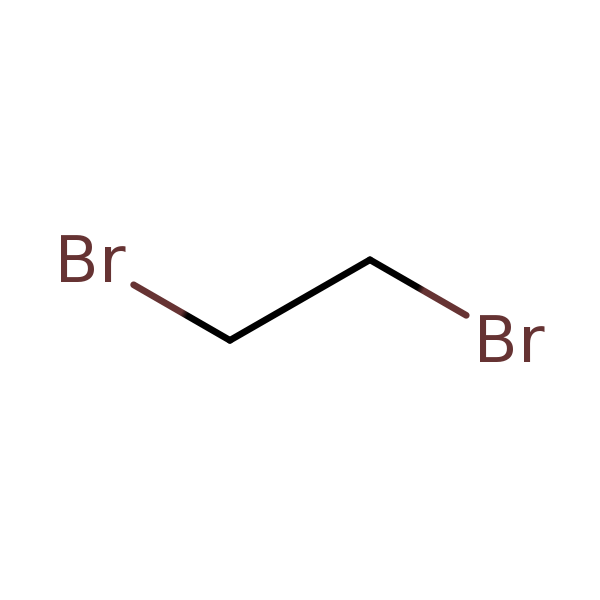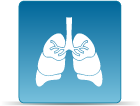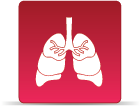1,2-Dibromoethane
CASRN 106-93-4 | DTXSID3020415
- Toxicological Review (PDF) (240 pp, 3.73 M)
- IRIS Summary (PDF) (34 pp, 241 K)
On this page:
Noncancer Assessment
Reference Dose for Oral Exposure (RfD) (PDF) (34 pp, 241 K) Last Updated: 07/29/2004
| System | RfD (mg/kg-day) | Basis | PoD | Composite UF | Confidence |
|---|---|---|---|---|---|
| Endocrine, Reproductive, Hepatic | 9 x 10 -3 | Testicular atrophy, liver peliosis, and adrenal cortical degeneration |
LOAEL
:
27
mg/kg-day |
3000 | Low/Medium |
Reference Concentration for Inhalation Exposure (RfC) (PDF) (34 pp, 241 K) Last Updated: 07/29/2004
| System | RfC (mg/m3) | Basis | PoD | Composite UF | Confidence |
|---|---|---|---|---|---|
| Respiratory | 9 x 10 -3 | Nasal inflammation |
BMCL
10
(HEC):
2.8
mg/m3 |
300 | Medium |
Cancer Assessment
Weight of Evidence for Cancer (PDF)
(34 pp, 241 K)
Last Updated: 07/29/2004
| WOE Characterization | Framework for WOE Characterization |
|---|---|
| Likely to be carcinogenic to humans | Revised Draft Guidelines for Carcinogen Risk Assessment (U.S. EPA, 1999) |
- Under the Draft Revised Guidelines for Carcinogen Risk Assessment (U.S. EPA, 1999), 2-dibromoethane is considered "likely to be carcinogenic to humans" based on strong evidence of carcinogenicity in animals and inconclusive evidence of carcinogenicity in an exposed human population.
- This may be a synopsis of the full weight-of-evidence narrative.
Quantitative Estimate of Carcinogenic Risk from Oral Exposure (PDF) (34 pp, 241 K)
Oral Slope Factor:
2
per mg/kg-day
(95% upper bound)
Drinking Water Unit Risk:
6
x 10-5
per µg/L
x 10 (95% upper bound)
Extrapolation Method: Multistage model with Poly-3 adjusted incidence data linear extrapolation from lower 95% confidence limit on dose associated with extra risk (adjusted for background) at point of departure at lower end of data range.
Tumor site(s): Gastrointestinal, Endocrine, Other
Tumor type(s): Forestomach tumors, hemangiosarcomas, thyroid follicular cell adenomas or carcinomas (NCI, 1978)
Oral Slope Factor:
1
mg/kg-day
(central tendency estimate)
Extrapolation Method: Multistage model with Poly-3 adjusted incidence data central tendency estimate
Tumor site(s): Gastrointestinal, Endocrine, Other
Tumor type(s): Forestomach tumors, hemangiosarcomas, thyroid follicular cell adenomas or carcinomas (NCI, 1978)
Quantitative Estimate of Carcinogenic Risk from Inhalation Exposure (PDF) (34 pp, 241 K)
Inhalation Unit Risk:
6
x 10-4
per µg/m3
(95% upper bound)
Extrapolation Method: Multistage-Weibull model linear extrapolation from lower 95% confidence limit on dose associated with extra risk (adjusted for background) at point of departure at lower end of data range.
Tumor site(s): Reproductive, Respiratory, Other
Tumor type(s): Nasal cavity (includes adenoma, adenocarcinoma, papillary adenoma, squamous cell carcinoma, and or/papilloma), hemangiosarcomas, mesotheliomas (NTP, 1982)
Inhalation Unit Risk:
3
x 10-4
per µg/m3
(central tendency estimate)
Extrapolation Method: Multistage model with Poly-3 adjusted incidence data central tendency estimate
Tumor site(s): Reproductive, Respiratory, Other
Tumor type(s): Nasal cavity (includes adenoma, adenocarcinoma, papillary adenoma, squamous cell carcinoma, and or/papilloma), hemangiosarcomas, mesotheliomas (NTP, 1982)
Other EPA Information
- Human Health Benchmarks for Pesticides (HHBP). This database provides human health benchmarks for pesticides that may be present in drinking water.
- Office of Pesticide Programs Pesticide Chemical Search. This database provides links to health effects information and registration status for pesticides.
- Chemistry Dashboard. This database provides information on chemical structures, experimental and predicted physicochemical, and toxicity data.
Critical Effects
Tumor Sites
Chemical Structure

Synonyms
- Dibromoethane
- Dibromoethane, 1,2-
- Ethylene bromide
- Ethylene dibromide
- Glycol dibromide
- alpha,beta-Dibromoethane
- s-Dibromoethane
- 1,2-Dibromoethane
- 106-93-4








